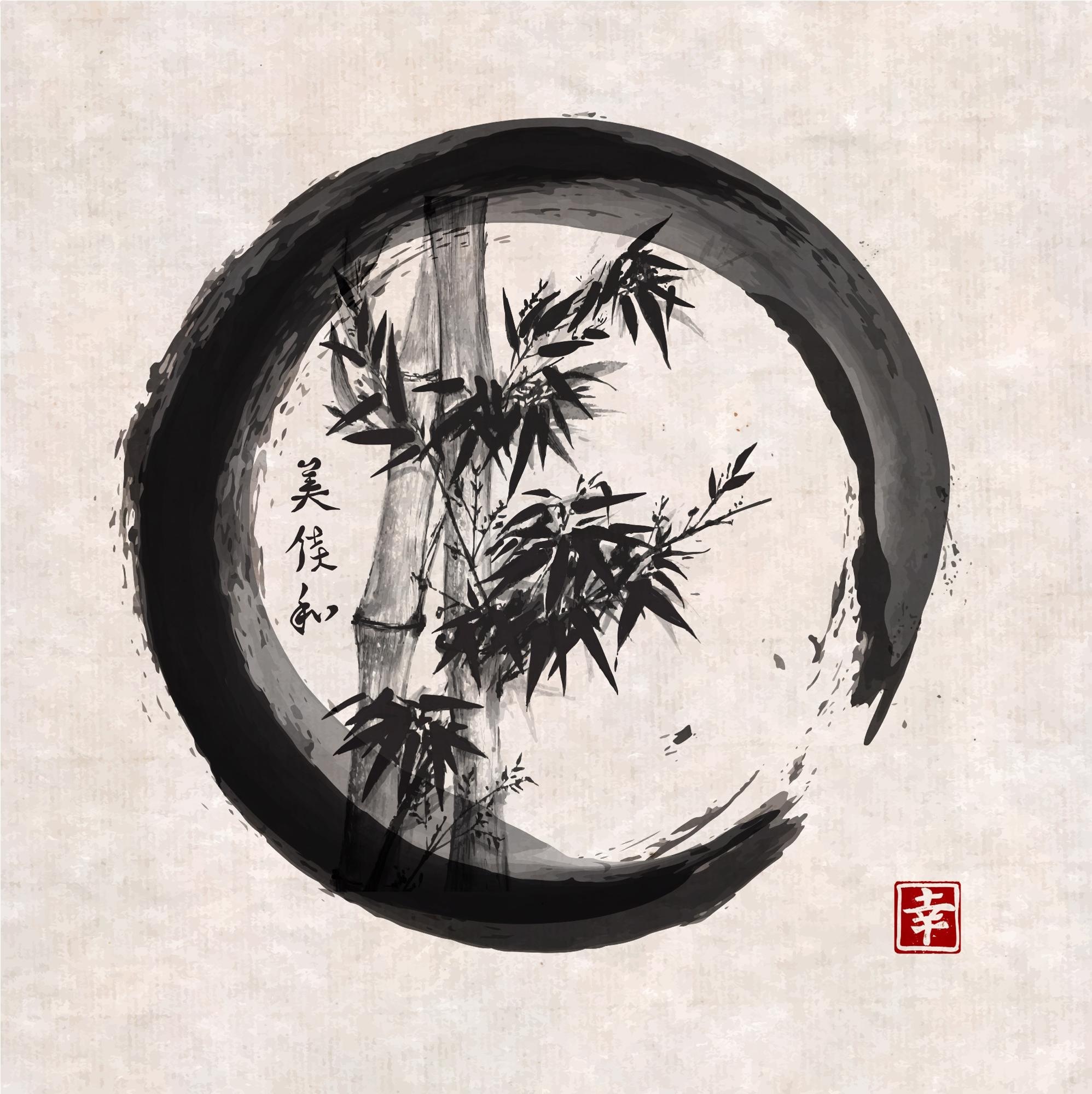Xuan paper, referred to as one of the Four Treasures of the Study, is a key carrier for traditional Chinese calligraphy and painting art, and it is also a prized cultural heritage of China.

Image Credit: Shutterstock.com/ Elina Li
Xuan paper has a history of over 1,500 years and its craftsmanship is also listed as the intangible cultural heritage of the world. Xuan paper has many advantages like being soft yet tough, smooth but not slippery, no damage after bending, easy to absorb ink and water, anti-moth, and anti-corrosion.
A team headed by Prof. YU Shuhong from the University of Science and Technology of China (USTC) of the Chinese Academy of Sciences has discovered the microscopic mechanism of the high toughness and high strength through thorough characterization of the traditional Xuan paper. Details of the research have been published recently in the journal ACS Materials Letters.
The researchers observed for the first time that there are numerous microfibers and nanofibers interweaving in the Xuan paper, forming a micro-nano multiscale three-dimensional (3D) network. It is this bionic multiscale structure that bestows the Xuan paper with high flexibility and high strength.
The team found that the multiscale structure of the traditional Xuan paper was precisely like that of the multiscale structure of numerous biological structural materials. Multiscale structures allow biological structural materials to overcome the limitations of the standard structural blocks while accomplishing exceptional properties such as high toughness and high strength.
Motivated by the multiscale structure of Xuan paper, the team created a high-performance, high-haze transparent film by putting together cellulose microfibers and cellulose nanofibers into a multiscale structure.
This multiscale structure endowed the film with high toughness, high strength, high light transmittance, and high haze, superior flexibility and foldability, and other outstanding comprehensive properties, and could be produced on large scale through the Roll-to-Roll process.
The micro-nano composite structure of the film could scatter the stress in a wider multiscale 3D network via the high-density hydrogen bond network, which avoided stress concentration and realized high flexibility and high strength simultaneously.
Furthermore, the film did not develop damaging creases after being fully folded and could be returned to its former shape after being rolled up. The multiscale film also had exceptional thermal stability.
In contrast to the extensively used unsustainable petroleum-based plastic film, the biodegradable multiscale cellulose-based film had no noticeable change at a high temperature of 250 °C, while the extensively used petrochemical plastic film totally softened and distorted at this temperature.
Owing to these exceptional features, the multiscale film is a perfect film material for applications in flexible electronic devices and precision optical devices.
The team employed the multiscale film as a substrate to create a near-field communication (NFC) circuit. The film combined with the NFC circuit not only displayed high transparency and high haze but also had outstanding flexibility. Even if the film was harshly bent, the information written in the film could still be read quickly and precisely using a smartphone.
Journal Reference:
Guan, Q-F., et al. (2021) Sustainable Multiscale High-Haze Transparent Cellulose Fiber Film via a Biomimetic Approach. ACS Materials Letters. doi.org/10.1021/acsmaterialslett.1c00630.